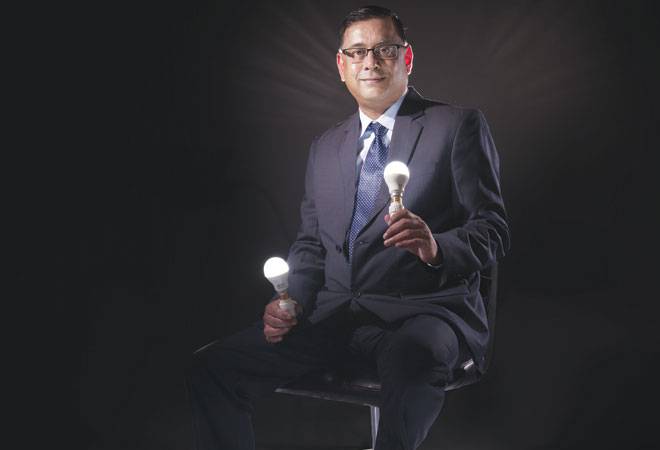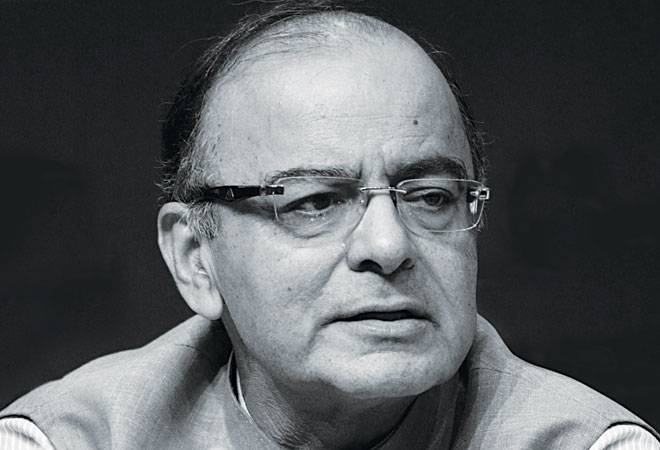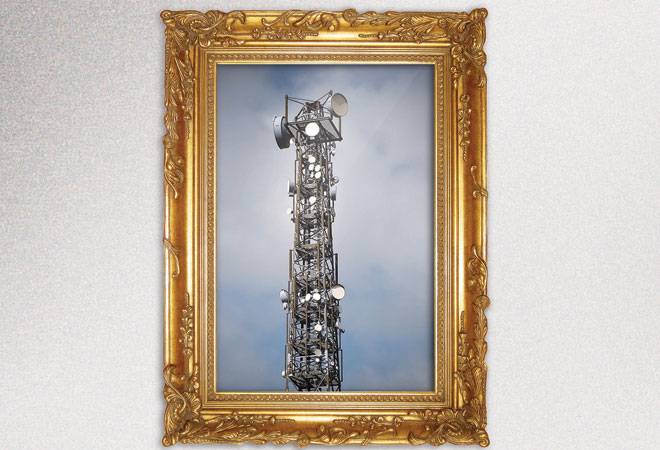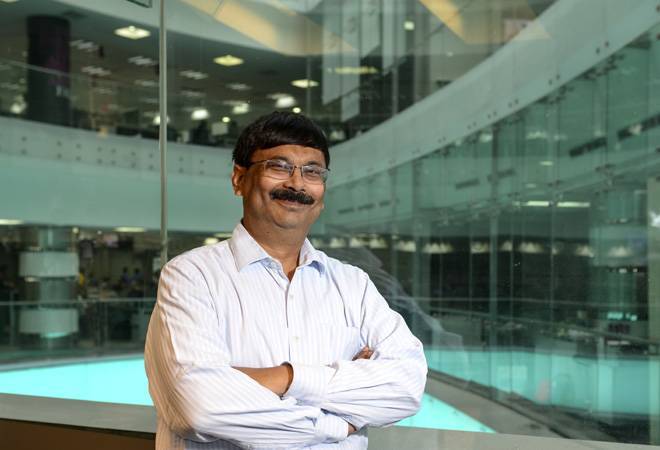


It's a bird. It's a plane. It's Super Bheem!
India's favourite home-grown toon character, Chhota Bheem, is evolving, gaining new powers and getting a new storyline. Can the mighty kid woo more viewers in a competitive market?India needs to adopt clean technologies to arrest environmental degradation and become a trailblazer for the rest of the world.Leaders in solar technologies are some of the South-East Asian nations with China in the forefront, and the US. India trails way behind, adopting only those technologies it can afford after other countries have perfected them.The development of storage technology will help India combat pollution."India is very talented, but needs technology"
Bilateral ties between India and Japan have seen consistent improvement in the past decade. Prime Minister Narendra Modi and his Japanese counterpart Shinzo Abe built on this momentum through a "Special Strategic and Global Partnership" in 2014."Our priority is access as a company"
Namal Nawana, CEO of US-based diagnostic firm, the $2.6-billion (2014 revenues) Alere, talks to Joe C. Mathew about the role of technology in making medical products affordable.Has Your Organisation Lost Its Adaptive Intelligence?
Here are five ways you can get it back.If a studio owns a movie it bears all profit or loss. But studios in India acquire a film from a production house at a marked-up price and merely promote, market and distribute it instead of focusing on creating content.We Are Laying the Foundation for Mines of Tomorrow
Samsung combines the best parts from Galaxy S7 Edge and adds a lot more to create a fantastic device.Goqii 2.0 comes with an improved hardware, app and expanded ecosystem.The 3.5-mm audio jack will be history with new-age smartphones, as USB Type C connectors take over.Government Needs to Create a Framework and Step Aside
Harnessing the power of content to enhance customer experiences. Rs 8,000 crore is the estimated net loss for state power distribution companies for 2016/17, says an India Ratings and Research report. Cumulative losses for discoms as of 2014/15 stood at Rs 58,275 crore.

